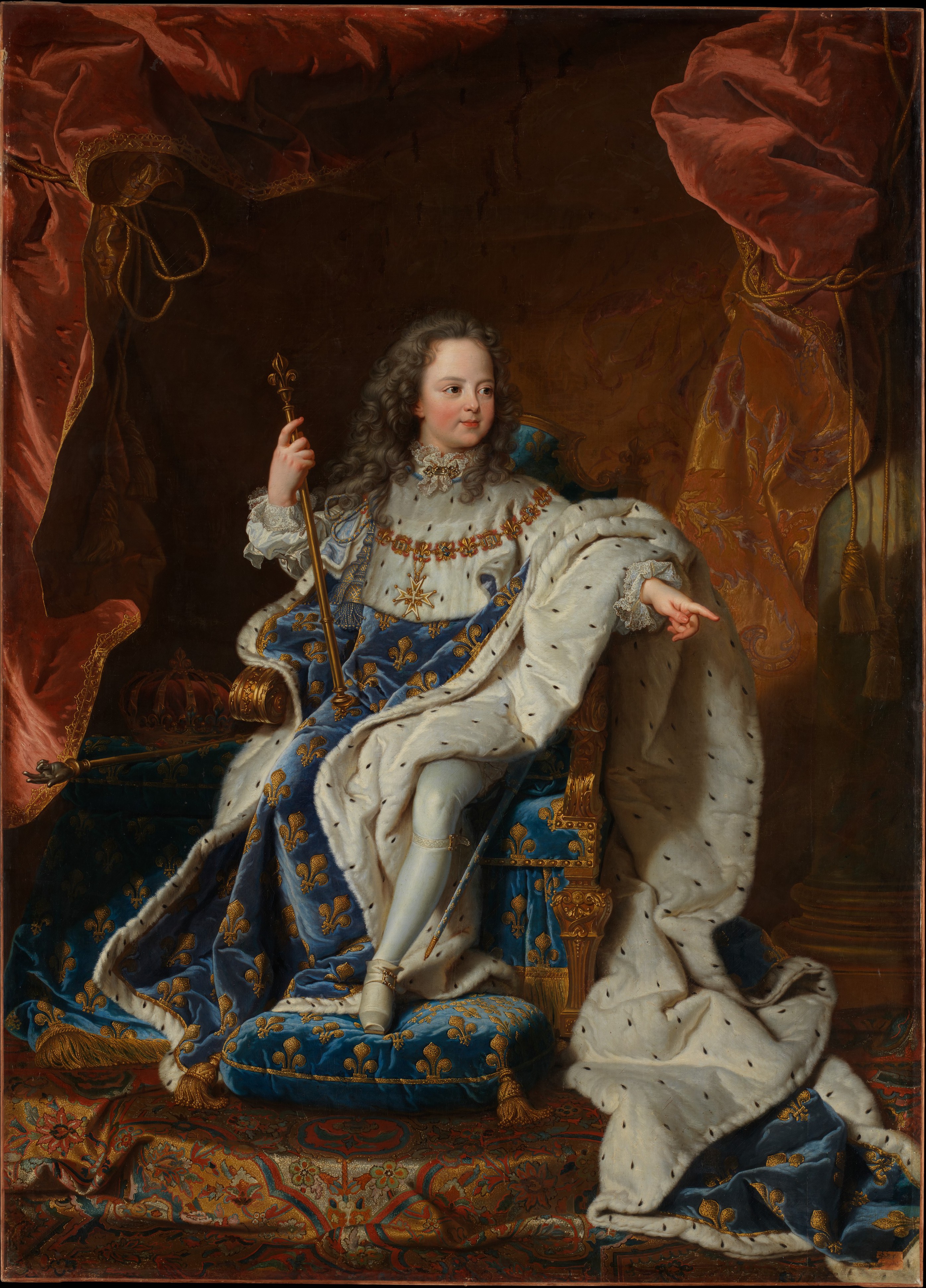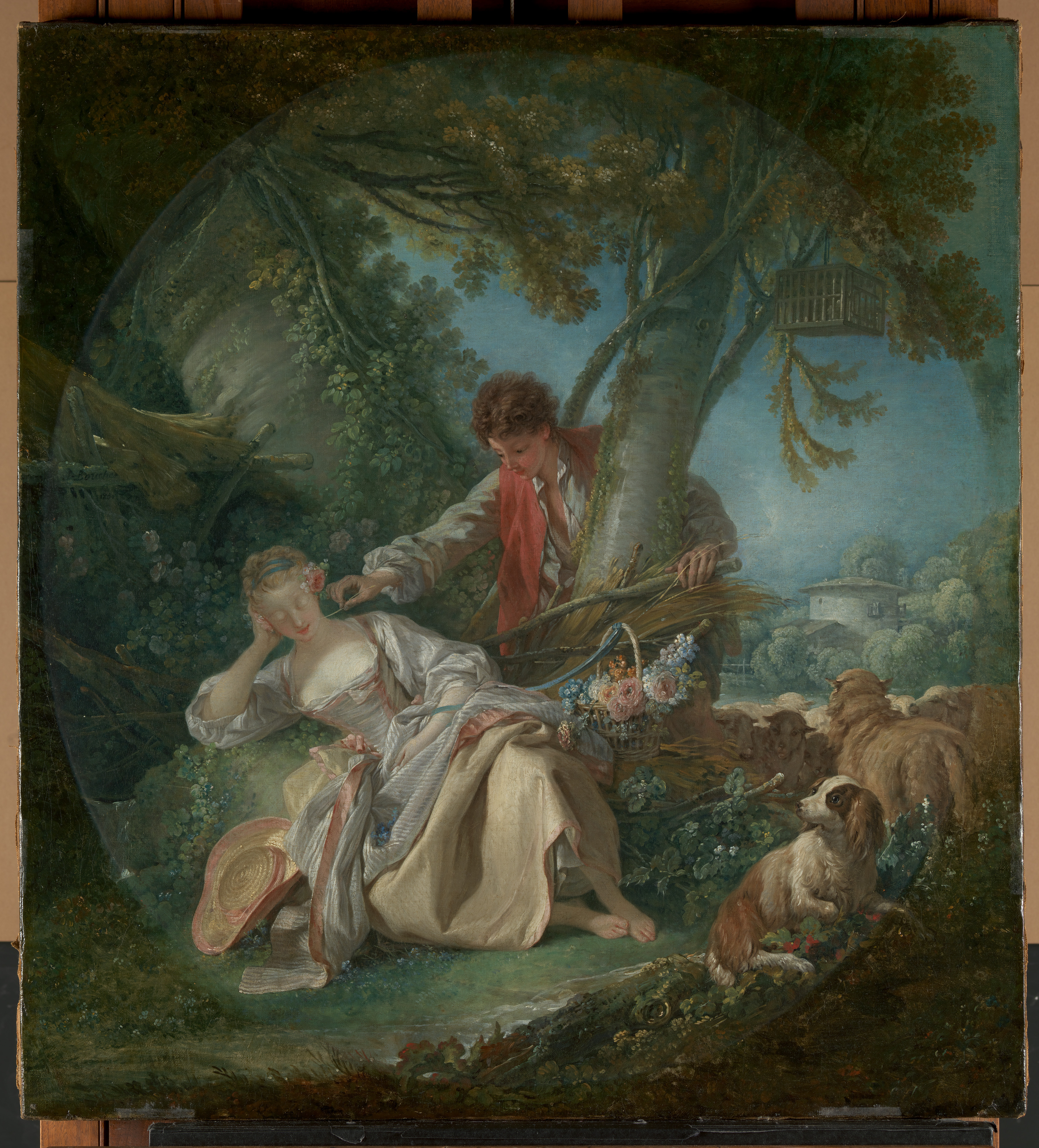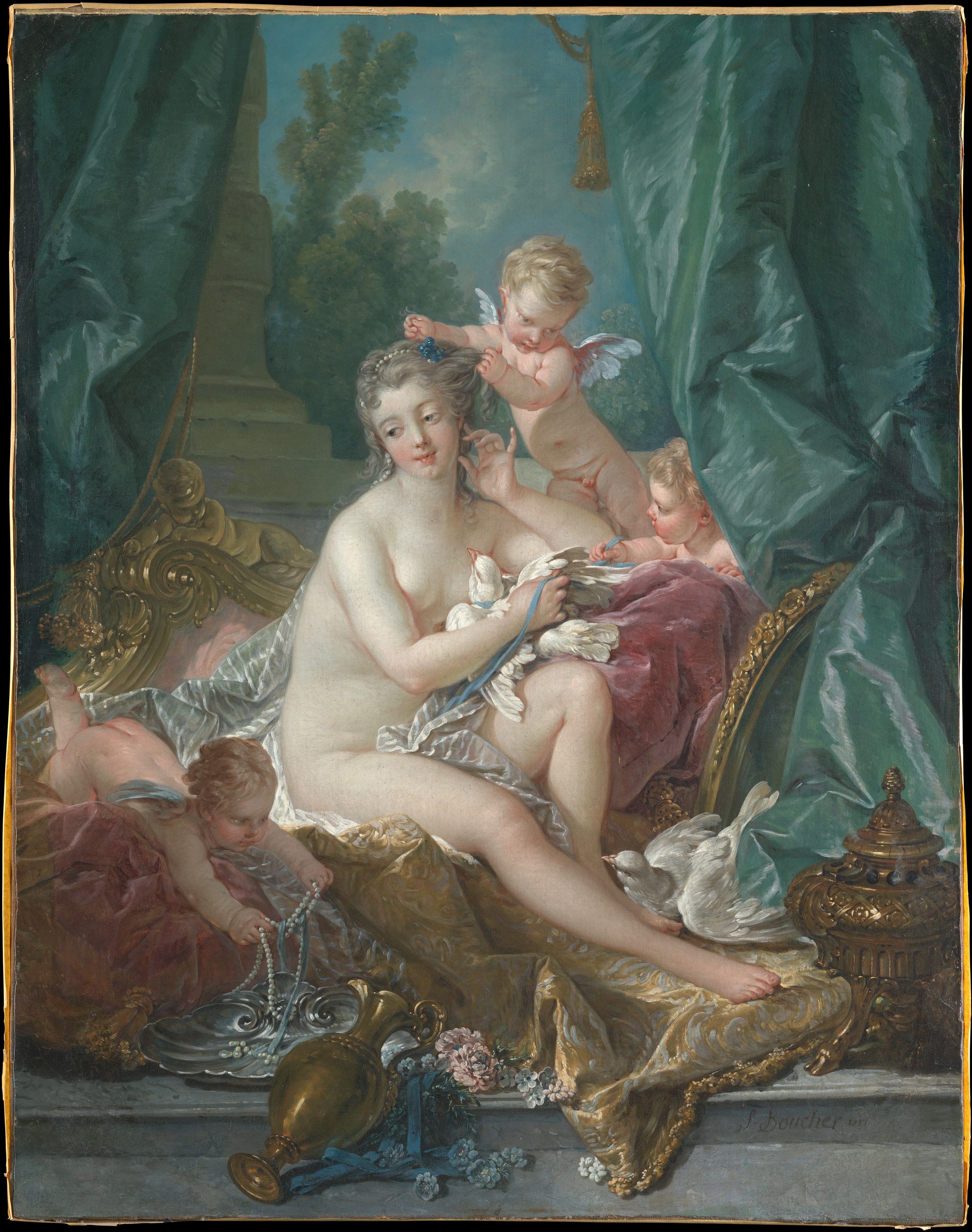Rococo, also known as the “Late Baroque” was an early 18th-century artistic movement. It was designed to counter-attack the strict, symmetrical design that was called Baroque. It was first found in France, it was developed to do the complete opposite effect that Baroque had. The rococo style used light bright colors that brought a graceful and elegant feel to it with a gentle touch. Rococo architectural buildings will be decorated with a natural shell-shaped form like “s” or “c” delicately molded on the ceilings and walls. Colored with florid, graceful and light colors. The whole idea of the movement was to be playful, light-hearted, not dramatic or emotional complex. They had the unique theme of elegance, beauty, witty yet simple. Rococo artists used a more graceful approach and used light colors, curves, floral, gold, and asymmetrical designs. Rococo artists such as Sir Joshua Reynolds would use light pastels, ivory white, and gold to enhance a sense of open space. Paintings were drawn and painted in a gentle melancholic, playful, and “free-ling”. Just like the Baroque style, the paintings break the fourth wall. Viewers feel included in the conversation. But instead of feeling repulsed and wanting to step back, viewers feel invited into it. It feels pleasant to join in, almost in a way “for tea”. It is naturalistic yet mythological. Rococo artists generally loved painting mythological creatures from Greek and Roman mythologies. Their brushstrokes are light, delicate and rich with sensuous colors that bring out a bright and easygoing effect on the viewers. Sir Joshua Reynolds, Lady Smith (Charlotte Delaval) and Her Children (George Henry, Louisa and Charlotte), 1787, Oil on Canvas, 55 ⅜ x 44 ⅛ in (140.7 x 112.1 cm) is my painting. Just like the Rococo artists, he uses bright and elegant colors. And the pigments he uses highlights a much more naturalistic look, the eyes of the children look very much lively as if they might blink at any second. Reynolds blends his colors to come up with colors that are near to exact color pigments and play with different colors to bring in depths mastered the use of shadow and light. Just like a rococo artist, his subjects are in motion, playful motion as you can see the children are interacting. The girl standing with her back towards the viewers breaks the fourth wall.
Louis XV (1710-1774) as a child, After Hyacinthe Rigaud, ca. 1716-24, Oil on Canvas, 60.6
After the death of his great grandfather, Louis XIV, Louis XV succeeded the throne in 1715. He was the only surviving son, he was only 5 years old. Rigaud was admitted to painting the official portrait of Louis XV. He devoted his entire career to the court portraiture, he painted history and portraits. Rigaud painted the Louis XV in bright rich colors of white hose, blue velvet mantle strewed with gold fleurs-de-lis and lined with ermine and the collar and cross of the Saint-Esprit.
Self-Portrait with Two Pupils, Marie Gabrielle Capet (1761-1818) and Marie Marguerite Carreaux de Rosemond (died 1788), Adelaide Labelle- Guiard, 1785, 53.225.5
The Interrupted Sleep, Francois Boucher, 1750, Oil on Canvas, 49.7.46
Madame Grand (Noel Catherine Vorlee, 1761- 1835), Elisabeth Louise Vigee Le Brun, 1783, Oil on Canvas, 50.135.2
Elisabeth captured the right moment when someone is about to laugh. The way Elisabeth highlighted Madam Grand’s cheeks and lips highlights the smile, the funny playful moment of it. That makes the viewers smile. Elisabeth is a woman artist that showed another great example of the Rococo style. The dress Madame Grand is wearing a beautiful well-formed white dressed with blue ribbons decored on her dress. Her blonde hair is touched up with a big blue ribbon and her fair skin highlighted. The color choice Elisabeth used on the skin has this subtle tone that makes the skin soft. And the color choice on her dress makes it look magical.
The Toilette of Venus, Francois Boucher, 1751, Oil on Canvas, 20.155.9
This painting depicts the mythological aspect of what the rococo art style is about. This painting is a woodland scene where there seats a goddess accompanied with cupid and two other winged putti. There is a dove that is nested at her feet and the other in her arms. The goddess, Venus, is sitting down in on her “chair” surrounded by drapery colored in pink, blue and striped white. The gold is painted in her braid and tassels. This painting displays the most rococo style among all the other paintings because it has all the color elements and the shell-shaped basin, pearls and flowers surrounding the goddess, Venus.





wow this was very insightful. I am definitely citing this in my paper. thank you for the effort
ReplyDelete